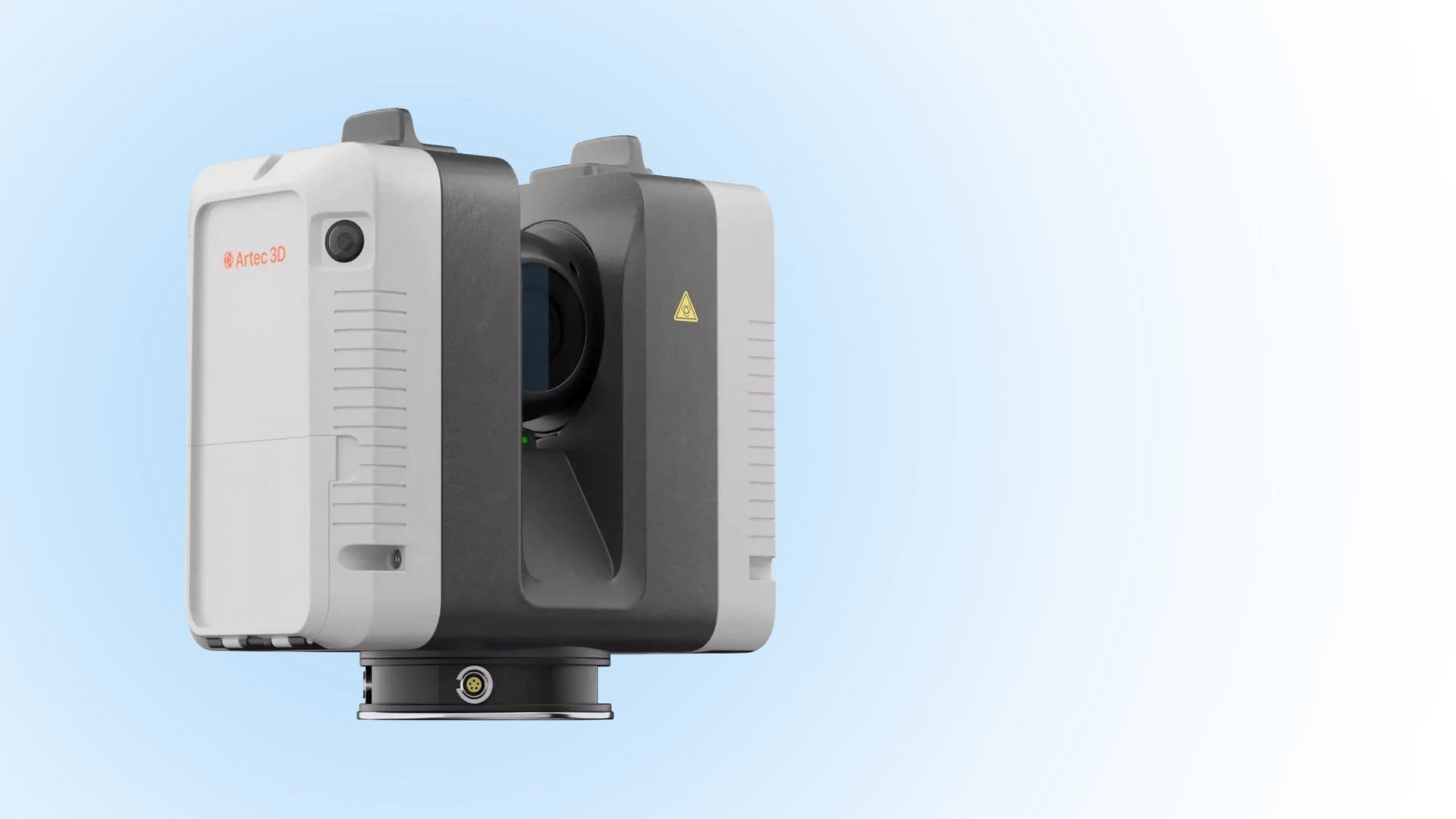
Long-Distance 3D Scanning for Infrastructure
Huge infrastructure projects present unique challenges that can only be addressed with advanced solutions like long-range 3D scanners. Whether it’s
A 3D scanner is a device that captures surface details and structures of a physical object, converting them into a digital model. These scanners use advanced imaging techniques such as laser scanning, structured light, or photogrammetry to measure the shape, texture, and size of an object with extreme precision.
Because of their ability to generate detailed 3D representations, 3D scanners play a critical role in product design, quality control, medical imaging, reverse engineering, and even archaeology.
The process of 3D scanning consists of three key steps:
The scanner emits a laser beam, structured light pattern, or takes multiple high-resolution images of the object’s surface. The device then measures how the reflected patterns shift or how light interacts with the object. These calculations allow the scanner to determine the depth, shape, and precise dimensions of the scanned item.
For a complete and accurate scan, the device captures multiple snapshots from different angles to build a full 3D profile. Some handheld 3D scanners even allow users to scan an object from all sides in real-time, ensuring full coverage.
Once the scanner gathers enough data points, its software processes the raw information and converts it into a structured 3D mesh. This mesh consists of thousands of interconnected points, edges, and surfaces that define the geometry of the object.
At this stage, users may need to clean up and refine the scan to remove any unwanted noise or gaps. Advanced scanning software allows for automatic alignment of multiple scans, ensuring an accurate and cohesive 3D model.
Once the 3D mesh is complete, it is converted into a CAD (Computer-Aided Design) model or a format that can be used for engineering, animation, simulations, or 3D printing. Some 3D scanners even capture textures and colors, which can be mapped onto the final model for a realistic digital representation.
The final 3D model can then be exported into various formats for use in manufacturing, medical applications, virtual reality, or digital archiving.
As industries continue to embrace digital workflows, 3D scanners have become invaluable tools in engineering, medicine, archaeology, and beyond. Below are some of the most common applications:
Doctors, dentists, and medical manufacturers use 3D scanning technology to create custom prosthetics, dental implants, and surgical guides. By capturing precise anatomical data, 3D scanners enable personalized medical treatments that fit patients perfectly.
The ability to digitize physical components allows engineers to reverse engineer parts, improve product designs, and ensure quality control. 3D scanners are widely used in industries like automotive, aerospace, and industrial design, where high precision is critical.
3D scanners play a crucial role in digitizing and preserving historical artifacts, ensuring their details are archived, analyzed, and even replicated for restoration projects. Museums and research institutions rely on 3D scanning technology to capture fragile artifacts without damaging them.
Architects use 3D scanning to survey buildings, measure spaces accurately, and create digital blueprints for renovations or restorations. In construction, scanning helps in site planning and structural analysis, making projects more efficient and precise.
From video game development to virtual reality simulations, 3D scanners help designers create hyper-realistic digital assets. The ability to capture real-world objects and integrate them into digital environments has revolutionized industries such as gaming, animation, and film production.
There are many benefits of using 3D scanners. Integrating 3D scanning into a business or creative workflow comes with numerous advantages:
Understanding the 3D scanning process and its applications can help businesses and professionals make the most of this cutting-edge technology. Whether you’re in healthcare, engineering, design, or historical preservation, investing in a 3D scanner can enhance accuracy, efficiency, and innovation.
If you’re looking for the latest 3D scanners and accessories, Digitize Designs has the solutions to fit your needs. Contact us today to find the right 3D scanning technology for your industry!
3D Scanning & Metrology News, Press, Insights, Trends, Case Studies, and more.

Huge infrastructure projects present unique challenges that can only be addressed with advanced solutions like long-range 3D scanners. Whether it’s

Different long-range scanner brands offer varying features and capabilities; hence the need to understand the most crucial aspects of long-range

The key difference between long-range and short-range scanners is the maximum distance at which they can capture data. Ordinarily, long-range

The key elements to consider in long-range 3D scanners include accuracy, scan speed, resolution, scanning mechanism, and ease of use.